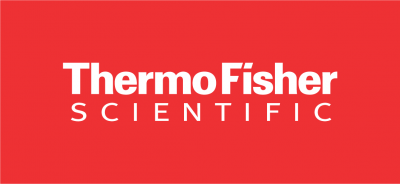User Guide – Ion AmpliSeq Library Preparation is available in Ion AmpliSeq Library Kit 2.0 User Guide and Ion AmpliSeq Library Plus Kit User Guide.
For use with:
- Ion AmpliSeq Library Kits 2.0
- Ion AmpliSeq Custom Primer Pools
- Ion AmpliSeq Kitted Panels
- Ion AmpliSeq Sample ID Panel
Below is a table that can help determine probable cause and recommended action for performance observation.
| Bias in amplicon representation |
| Observation |
Possible cause |
Recommended action |
|
Loss of short amplicons
|
Poor purification
|
Vortex AMPure® XP Reagent thoroughly
before use, and be sure to dispense the full
volume |
| In unamplified library purification (“Purify
the unamplified library” on page 17),
increase AMPure® XP Reagent volume
from 1.5X to 1.7X |
| In amplified library purification (“Purify the
amplified library” on page 20), increase
AMPure® XP Reagent volume in second
round from 1.2X to 1.4X |
| Denaturation of digested amplicon |
Use the 60°C/20 minute temperature
incubation during the primer digestion step
(“Partially digest primer sequences” on
page 15) |
|
Loss of long amplicons
|
Inappropriate primer design |
Use an FFPE assay design for degraded or
low quality samples |
| Inefficient PCR |
Use the 8-minute anneal and extend step
for target amplification (“Amplify targets”
on page 14) |
| Too few nucleotide flows |
Use an appropriate number of flows on the
Ion PGM Sequencer |
| Loss of AT-rich amplicons |
Denaturation of digested
amplicon |
Use the 60°C/20 minute temperature
incubation during the primer digestion step |
| Unknown |
Amplicons with >80% AT often exhibit low
representation |
| Loss of GC-rich amplicons |
Inadequate denaturation |
Use a calibrated thermal cycler |
| Inefficient library amplification |
Do not amplify the library (not required for
qPCR quantification) |
| Unknown |
Amplicons with >80% GC often exhibit low
representation |







